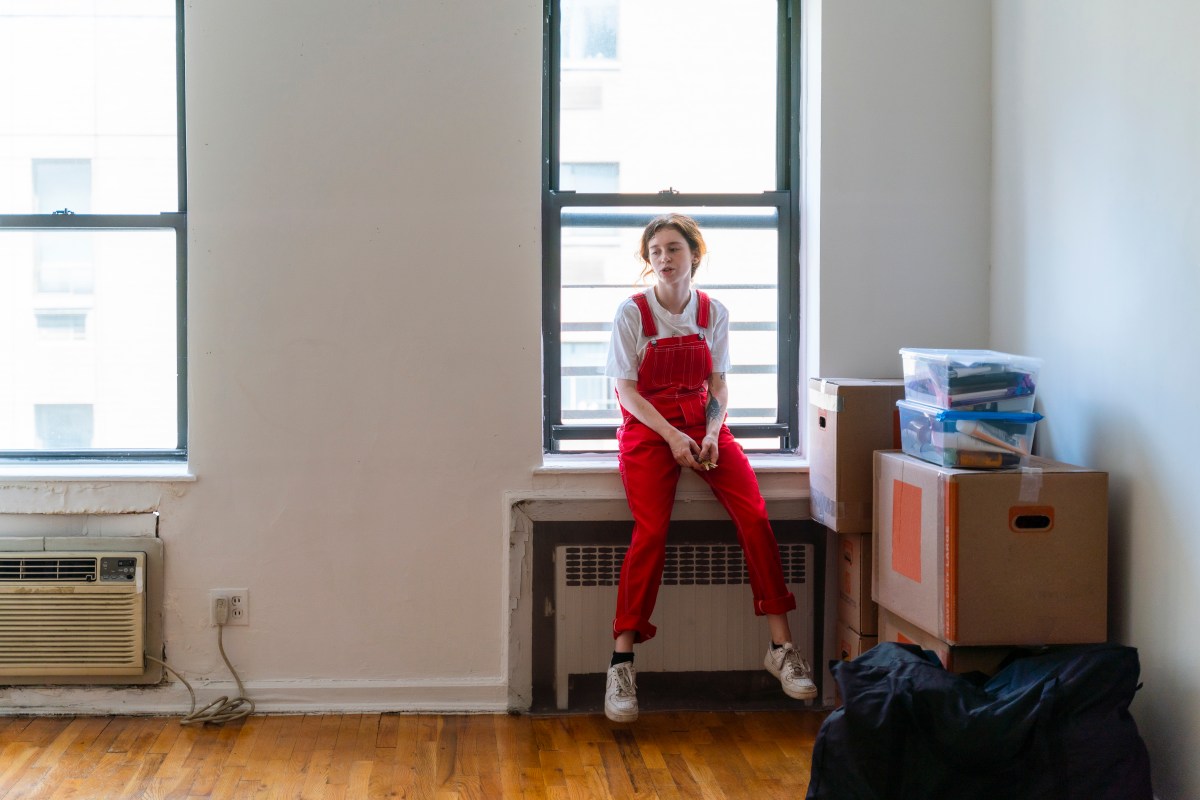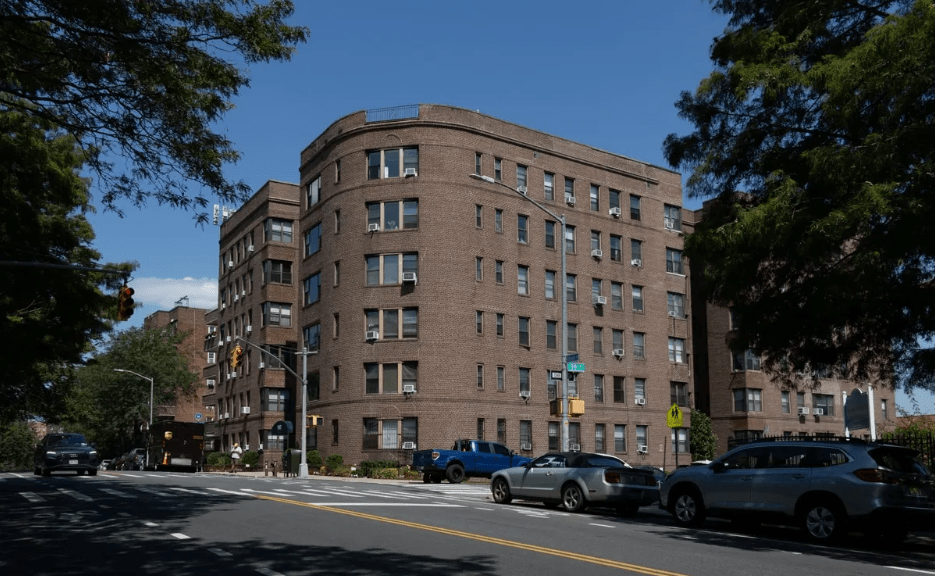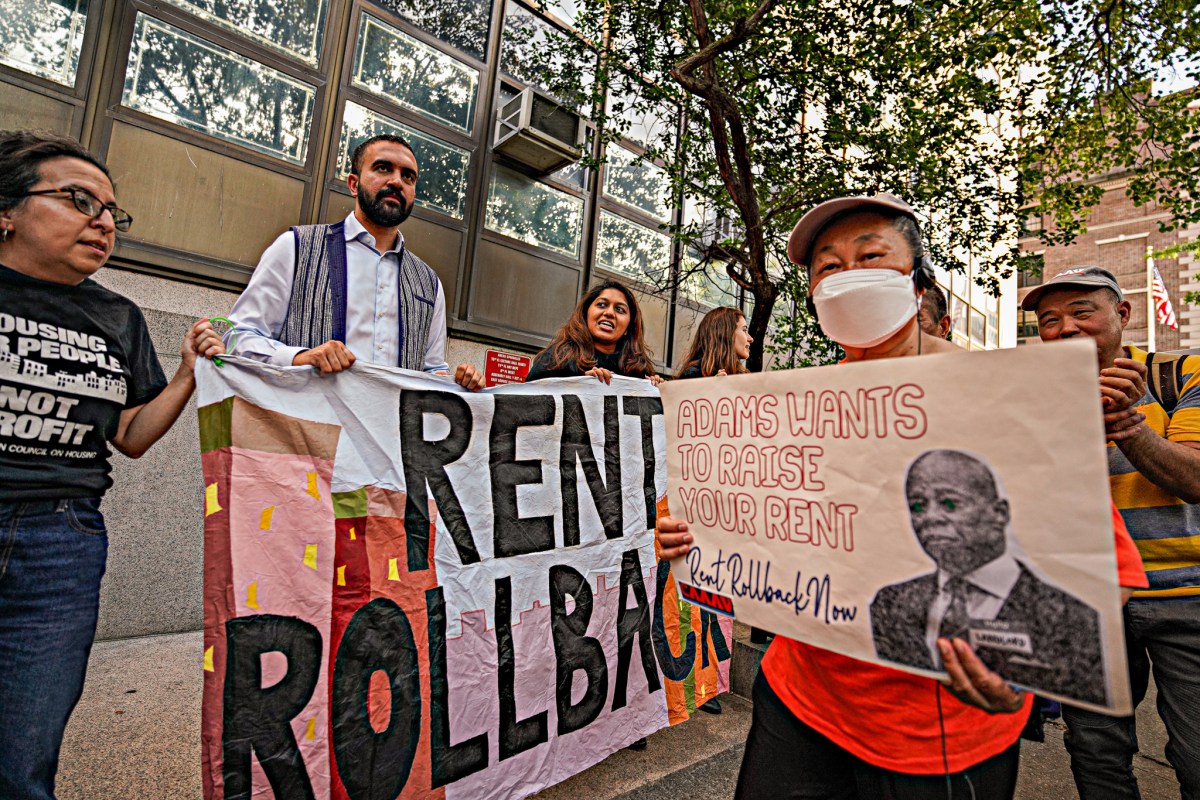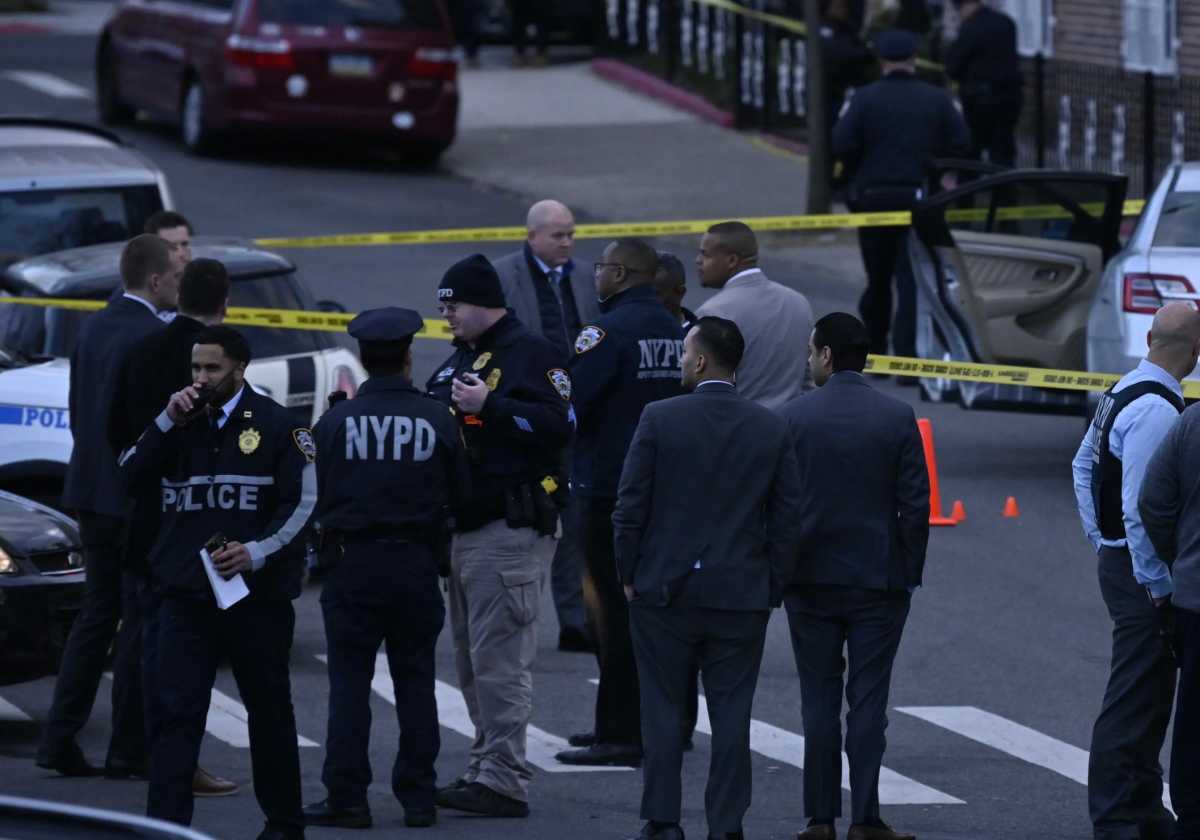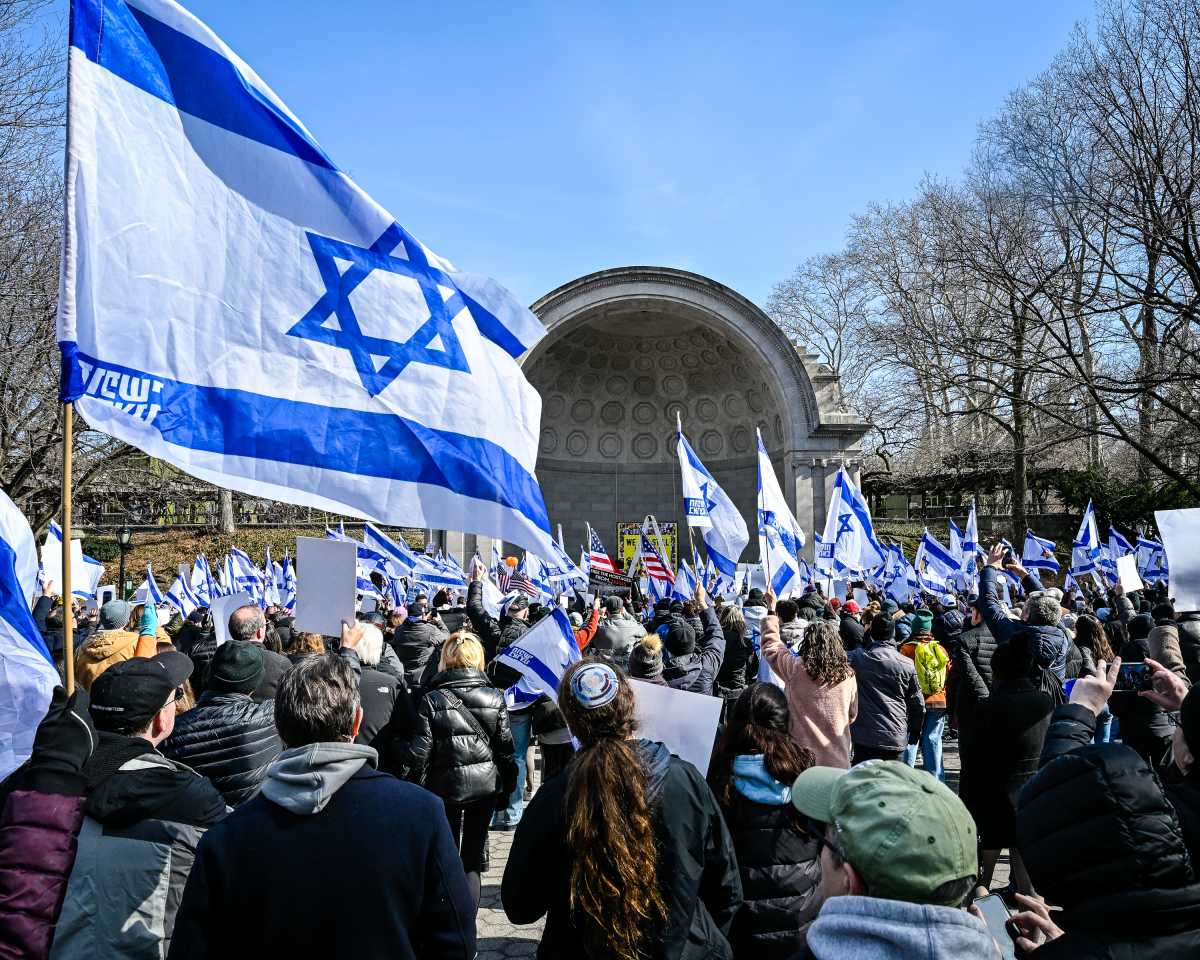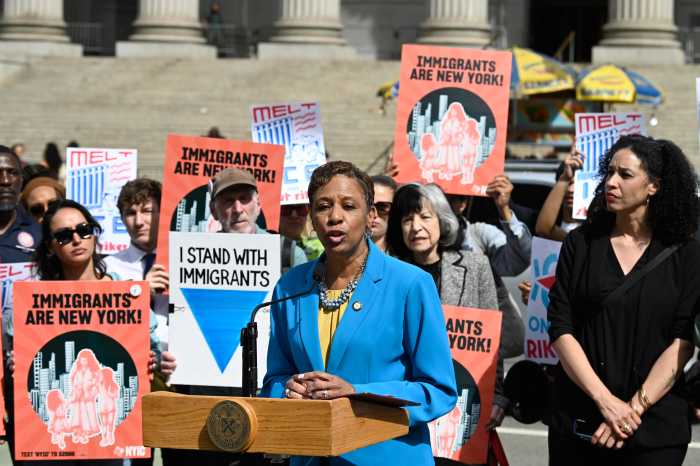Rent-stabilized buildings in the Bronx are dying. Thousands of properties housing tens of thousands of renters are in severe fiscal distress, meaning they don’t collect enough rent to pay for basic things like maintenance, insurance and taxes.
On Thursday, the New York City Rent Guidelines Board released data that tells us exactly what needs to happen if we are going to save these rent-stabilized apartments from further deterioration.
In it, they said a rent adjustment of 6.25% on a one-year lease is needed to stop the bleeding for thousands of buildings, including the majority of rent-stabilized properties in the Bronx.
Let’s be clear. This is just math.
Last week, the NYU Furman Center also testified about the severe distress that rent-stabilized buildings are facing. In their testimony they said at least 200,000 apartments are at risk.
We believe it is more than that. Hundreds of thousands more apartments are also at imminent risk of failure. They are in Pre-1974 buildings in the outer boroughs that are struggling to stay above water. If they fail, the consequences will be dire for New York and for the renters who live in these buildings.
Already we are seeing an uptick in violations and renters are seeing delays in repairs. Many buildings have failed to start mandatory upgrades or inspections simply because there is no money to do these things. The reality is things are getting worse, not better.
If we view rent-stabilized housing as a dying patient, then the RGB is the emergency room doctor. Their job is to save these buildings from imminent failure by listening to the data and advancing a rent adjustment that prevents further damage.
The long-term recovery of these buildings is up to elected officials. If they don’t address skyrocketing costs that they control, then the buildings will die.
According to the PIOC released Thursday, property taxes on these buildings increased by 3.9% last year, which was above the projected increase of 3.6%. This was due to the New York City Department of Finance increasing the assessment on the buildings, even though the real market value has declined dramatically.
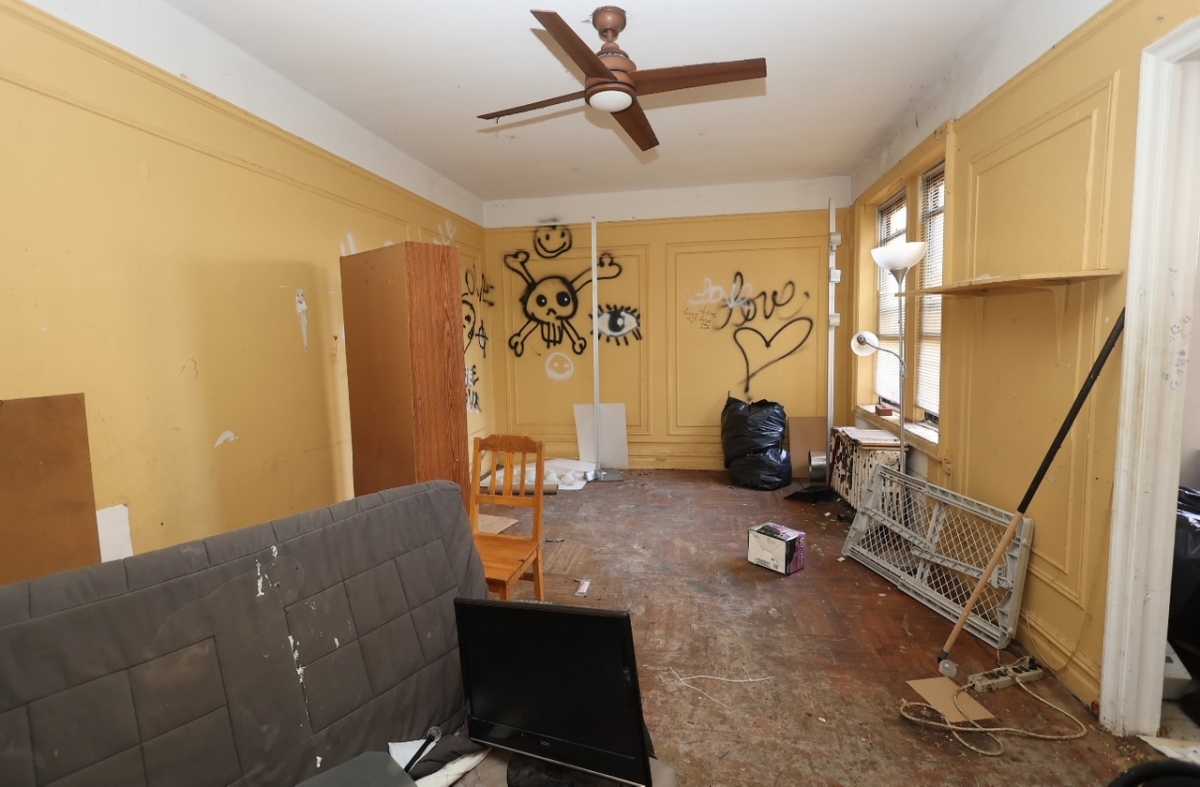
Another cost the government controls, indirectly, is fuel costs. The state Public Service Commission sets the rates for natural gas transmission. When they increase those rates, the cost to heat a building increases. According to the PIOC, fuel went up 10.3%, when it was projected to decline by 6% by the RGB.
Utilities like water and sewer and non-heating gas and electricity also went up significantly. These prices are all set by various government boards. PIOC said those costs went up 8.2%, when they were projected to only go up 2.4% last year.
You are probably seeing a trend. The RGB makes projections that dramatically underestimate the actual costs of providing housing. Over the past five years, they typically underestimate costs by an average of $111 million for Pre-1974 buildings.
Since 2019, the RGB has consistently defunded buildings. By our calculations it would require a 20% increase to catch up with the disinvestment in pre-1974 buildings in just the Bronx. In total, building finances are an estimated $736 million below 2019 levels.
We aren’t asking for rents to rise that much. We’d much rather elected officials focus on lowering costs or providing more support to the thousands of buildings that are going bankrupt.
If the RGB and the government don’t act, renters are the ones that will suffer when buildings have no money to pay for emergency repairs or mandatory upgrades. Foreclosure will just make things worse as banks try to minimize losses on the properties by reducing spending on maintenance.
The government may be able to step in and help some buildings, but they only have the budget and staff to save a few dozen buildings a year – not 1,000. The reality is that most of these buildings will decline into a state of disrepair or complete degradation, unless something is done to reverse this trend.
As the NYU Furman Center said, this problem is growing, possibly exponentially. It could potentially lead to the complete collapse of rent-stabilized housing in New York City in as soon as a few years.
Rent-stabilized buildings are dying and this is triage. The only way we can stop the bleeding is by adjusting rents by the 6.25% on a one-year lease, which is what the data says is necessary. And then we will still need all stakeholders to step up and find a permanent solution to save these buildings.
Kenny Burgos is the CEO of the NY Apartment Association.


